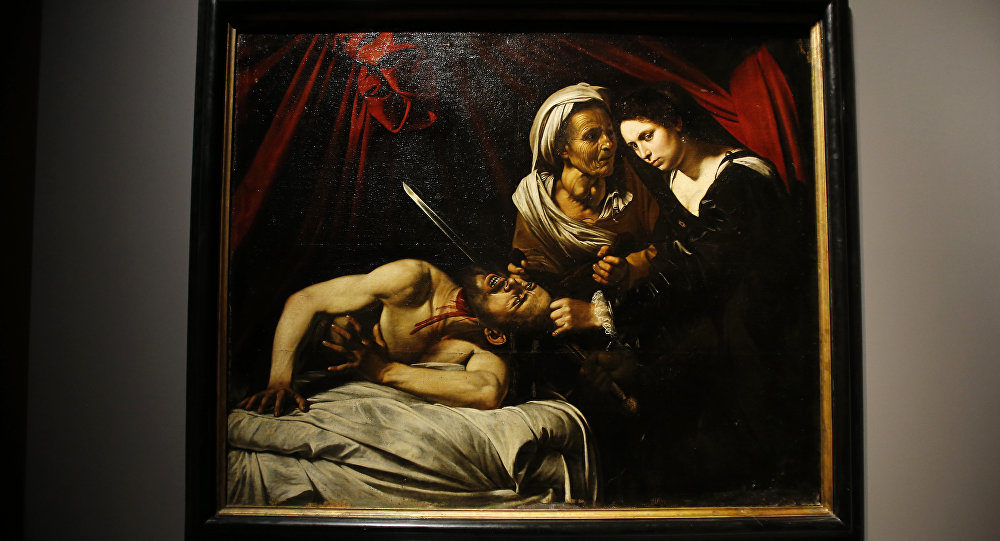OF THE
TIMES
Oh - this is "richy-rich" is the image - the video of him Rocking the World not posted on this article? Seems it ain't - let me see if I can find...
Meanwhile in Canada.... This story caught my eye. Canada has fallen to Marxism. Russia is looking more promising everyday !! Ontario teacher fired...
Now we know Mayor Eric Adams is a racist calling Mexicans wet backs good swimmers, he can hire 10,000 illegals to pick up litter and trash off the...
Wow, time flies. It seems I was not giving a shit about Ukraine just yesterday, and now 3 years later.... you guessed it!
"They have their noses rubbed in the fact that there's not a damned thing they can do about it." The phrasing would ideally have been: "The elites...
To submit an article for publication, see our Submission Guidelines
Reader comments do not necessarily reflect the views of the volunteers, editors, and directors of SOTT.net or the Quantum Future Group.
Some icons on this site were created by: Afterglow, Aha-Soft, AntialiasFactory, artdesigner.lv, Artura, DailyOverview, Everaldo, GraphicsFuel, IconFactory, Iconka, IconShock, Icons-Land, i-love-icons, KDE-look.org, Klukeart, mugenb16, Map Icons Collection, PetshopBoxStudio, VisualPharm, wbeiruti, WebIconset
Powered by PikaJS 🐁 and In·Site
Original content © 2002-2024 by Sott.net/Signs of the Times. See: FAIR USE NOTICE

Comment: See also: